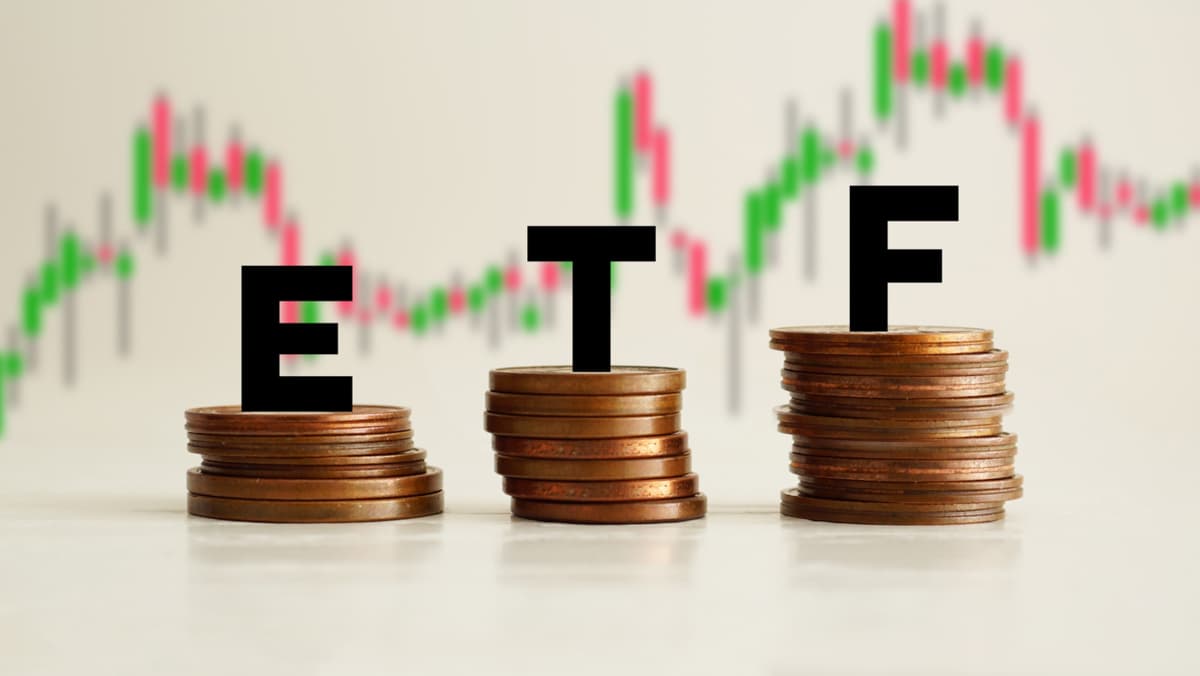Monday Jan 6 2025 10:06

5 min

As of early 2025, several ETFs are gaining attention for their performance and investment strategies, here’s a look at some of the hottest ETFs from major providers like iShares, Vanguard, and SPDR.
Expense Ratio: 0.06%
Assets Under Management: $94.7 Billion
Investing in small-cap stocks can be a strong long-term strategy due to their potential for significant growth. In 2025, focusing on smaller U.S. companies may offer a compelling short-term approach. Unlike large multinational blue-chip firms, these smaller stocks are less susceptible to the impacts of trade wars and international market volatility.
The iShares Core S&P Small-Cap ETF (IJR) targets the smallest segment of S&P stocks, which is derived from the broader classification of the top 1,500 U.S. corporations. This grouping includes the 500 large companies of the S&P 500, the next 400 mid-cap firms in the S&P 400, and the remaining small-cap stocks in the S&P 600, which are represented by IJR.
The fund is primarily invested in sectors such as financials (18%), industrials (17%), and consumer discretionary (15%). Currently, the average market capitalization of the holdings is around $3.2 billion. While this presents a slightly higher risk profile, smaller firms typically have less reliance on international revenue compared to their larger counterparts, making them an attractive option for investors seeking domestic growth opportunities.
Expense Ratio: 0.35%
Assets Under Management: $5.5 Billion
The SPDR S&P Regional Bank ETF (KRE) focuses on regional banks, providing a domestic investment angle similar to that of the healthcare sector. Regional banks are less likely to be impacted by tariffs or restrictive trade policies that can affect capital flow across borders. Instead, these local financial institutions primarily engage in small business loans and consumer services, positioning them to potentially benefit from domestic economic initiatives.
KRE includes approximately 140 holdings, featuring notable regional banks such as Truist Financial Corp. (TFC), Citizens Financial Group Inc. (CFG), and Huntington Bancshares Inc. (HBAN). However, it’s important to note that while regional banks may gain from favorable economic conditions, they also carry a higher risk profile. If the U.S. economy encounters challenges, these community-oriented banks could be among the first to feel the impact, especially compared to larger, established megabanks in the financial sector.
Expense Ratio: 0.10%
Assets Under Management: $4.4 Billion
Vanguard ETF news: The Vanguard Communication Services ETF (VOX) offers investors a way to tap into the rapidly evolving media landscape. Over the past decade, the industry has experienced significant transformations, moving from the rise of disruptive streaming services to established corporate responses from major companies like Walt Disney Co. (DIS).
At the same time, some communications giants are reassessing their strategies. This shift is highlighted by AT&T Inc.'s (T) 2022 spinoff of Warner Bros. Discovery Inc. (WBD) and Comcast Corp.'s (CMCSA) recent plans to divest cable assets, including MSNBC and CNBC. Such moves pave the way for potential acquisitions and restructuring efforts that could invigorate the communications sector.
While the future remains uncertain, VOX provides exposure to about 120 of the leading stocks in the communications industry, making it an attractive option for investors looking to diversify their portfolios in this dynamic field.
Expense Ratio: 0.09%
Assets Under Management: $39.5 Billion
As the U.S. potentially shifts towards more inward-focused economic policies, finding companies insulated from global trade disruptions may become challenging. However, the health care sector is well-positioned to navigate these challenges due to its strong emphasis on the domestic market. After all, certain services, like emergency room visits, cannot be outsourced, and health care spending is projected to rise.
The Health Care Select Sector SPDR Fund (XLV) stands out as a leading option for investors seeking exposure to this resilient sector. It offers a straightforward and cost-effective way to invest in the 60 largest health care companies, including prominent players like Eli Lilly and Co. (LLY) and UnitedHealth Group Inc. (UNH). With its focus on domestic health care needs, XLV is a solid choice for those looking to capitalize on the sector's growth potential.
When considering shares, indices, forex (foreign exchange) and commodities for trading and price predictions, remember that trading CFDs involves a significant degree of risk and could result in capital loss.
Past performance is not indicative of any future results. This information is provided for informative purposes only and should not be construed to be investment advice.